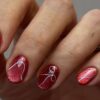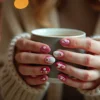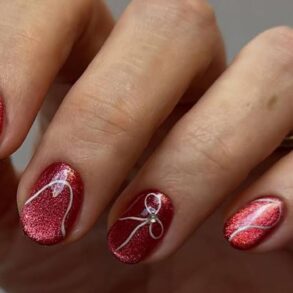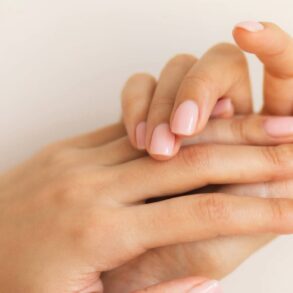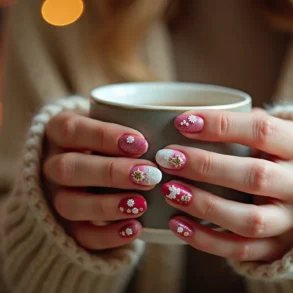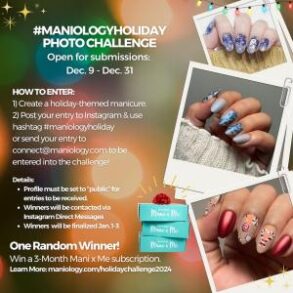
“I’ve been continuing on the path of intervening in art history to include Brown stories, or these histories that have not been represented, and having these two times and places collide,” Mayorga says, pointing out that Walt Disney was likewise inspired by Rococo art. However, the difference between Engelbrecht’s portraits and hers, she explains, is her subjects’ professions are “an afterthought—they do not become their labor. It’s a commentary on class and how Latinx people are seen and tied to specific labor.”
Mayorga’s fascination with pink began with Mexican pink, a color that has come to be seen as representative of Mexican culture and identity and has made its way into Mexican and Latinx neighborhoods in the US. Today she sees the hue as helping her reclaim overlooked narratives related to craft labor and gendered labor. “Pink has always been the underdog, the color that gets forgotten or that people don’t think has as much power.”
Rococo, likewise, struggled to be taken seriously in its day, condemned by Enlightenment thinkers as indecent and immoral. “It was seen as frivolous, a time of excess and indulgence,” Mayorga says. “So it makes sense for pink and Rococo to be powerful in my world, a tool of seduction to draw people in and then force them to sit with the work and find out what it’s about.” She was amused to see the color stage a comeback this summer, buoyed by the film Barbie: “It’s so intriguing that a color and a gendered toy could have so much backlash. It really speaks to pink’s power and potential.”
Mayorga turned to the color again to design a wallpaper for the Aldrich exhibition featuring Hello Kitty, cherry emojis, cartoon eyes, flip phones, butterflies, seashells, cherubs, and fairy-tale castles. Growing up, she wanted to be an interior designer and was an avid viewer of HGTV. “It was a space to dream of what my home’s potential could be,” she says.
This post was originally published on this site be sure to check out more of their content.

